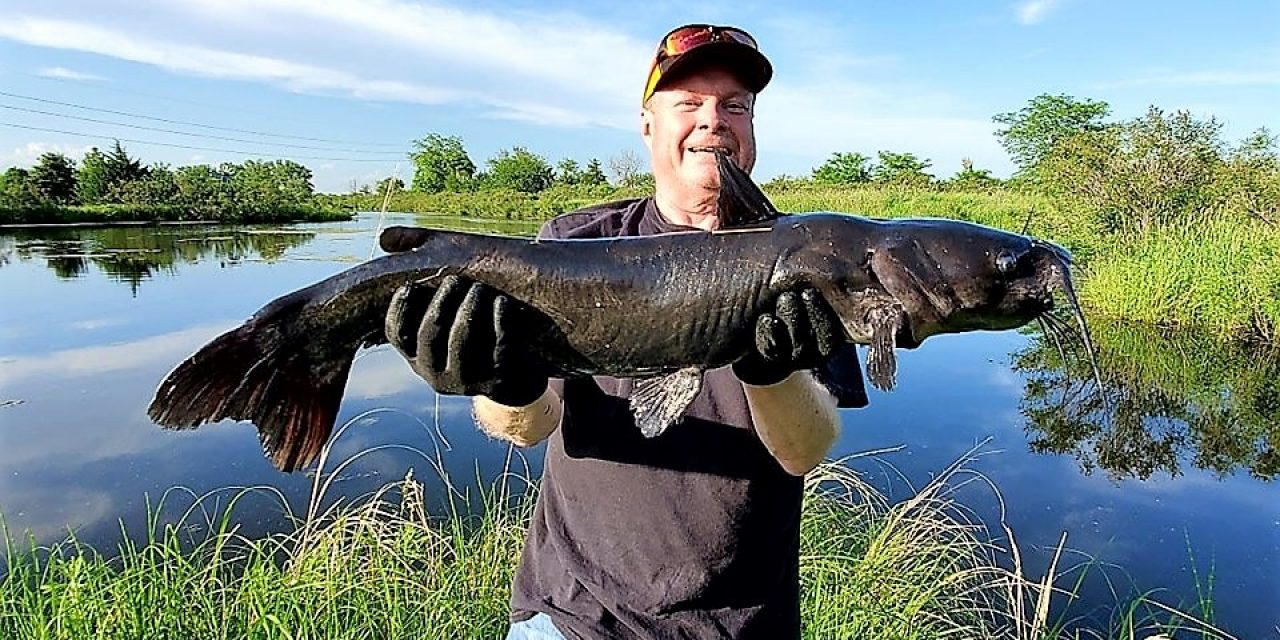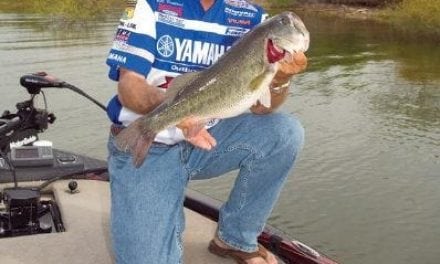I am still being called bad names for wearing them. Most recently, I was called a wimp for having them on my hands.
I have been labeled an “inadequate angler” since I have donned on them. I have been told that my “bravado” and “edge” have been lost when it comes to fishing because I am handling fish while wearing rubber gloves.
Ah yes, THOSE GLOVES.
People have also had their curiosity piqued by those of us who wear rubber gloves when handling fish. Some think we are “noodlers” or hand-fishers. Say what? Nothing could be further from the truth! By the way, hand-fishing or catching fish by hand is an illegal practice in Nebraska.
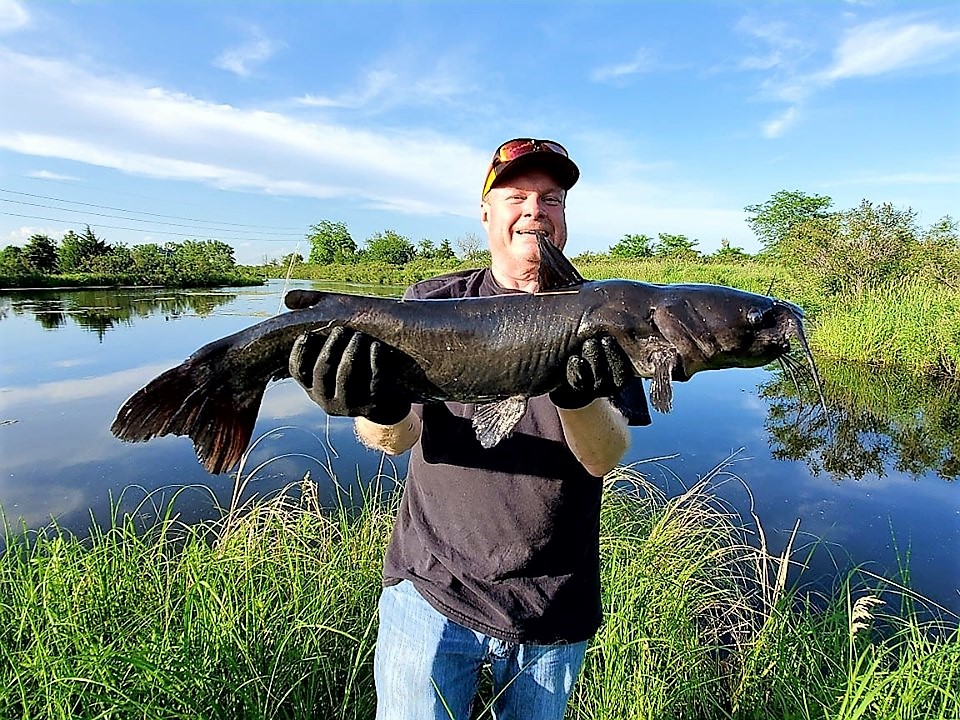
It was even conveyed to my fishing partner, Nebraska Conservation Officer Rich Berggren of Waterloo, NE, in a tongue-in-cheek fashion that “real Game and Parks professionals don’t wear gloves to handle fish, do they!” REALLY!
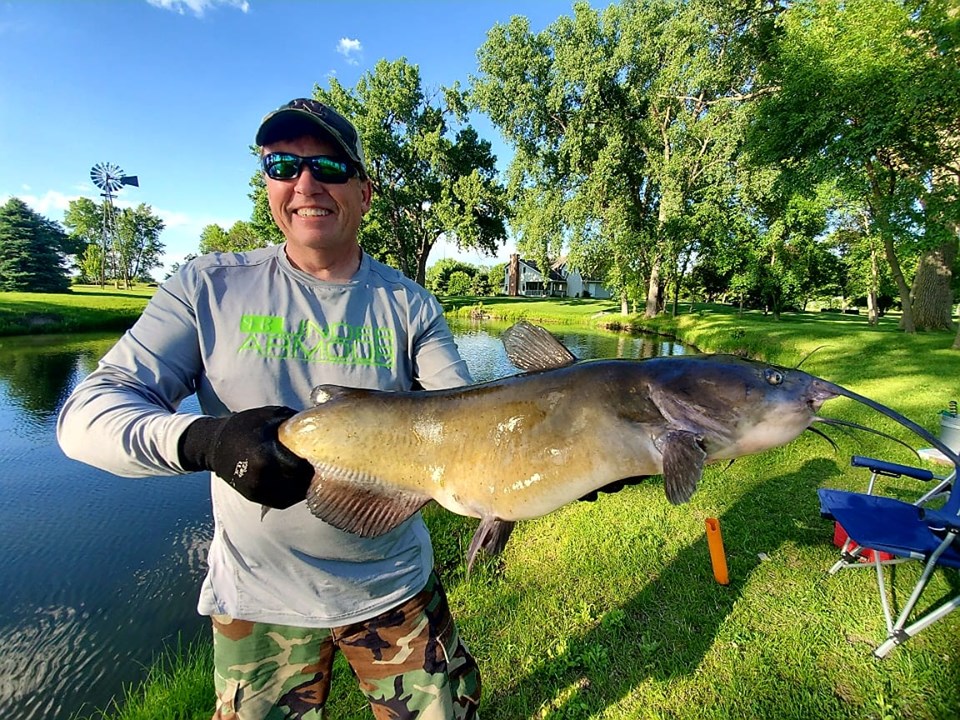
I can handle the negative comments that have been directed towards me for wearing those rubber gloves, no problem, but the reason I and others wear them means the betterment of fisheries health. It means fish survival.
Allow me to explain by putting on my ichthyology (fish science) cap loaned to me from our own Game and Parks fisheries expert and guru, Daryl Bauer.
Bauer, a fisheries biologist and the fisheries outreach program manager for the Nebraska Game and Parks Commission, explains that fish secrete a mucoprotein protective slime coat that covers the scales and skin. This slime coat, he adds, acts as a defense against invasion by bacterial, parasitic, and fungal pathogens.
Biologically, essential electrolytes necessary for osmoregulation are lost through breaks that may occur in the skin and slime coat, causing dangerous stress. “Open wounds and abrasions,” Bauer says, “caused by improper handling are readily attacked by disease organisms, resulting in further stress and disease. Every fish has a natural mucoprotein or “slime” coating covering its skin and scales. The slime coating is the fish’s first line of defense against infection.”
Fish are very easily stressed by handling and changes in their environment. Ideally we should never even touch the fish when the intention is to release it unharmed. Bare hands, especially dry ones, strip the protective slime coat from a fish. In fact, catch-and-release fisheries surveys show strong evidence of fish swimming around displaying the negative effects of protective slime removal from direct and poor handling with human hands. Without rubber gloves, there is also a tendency to squeeze a fish more for a firmer grasp which causes damage to its vital organs.
So it boils down to this: Any material that comes in contact with the fish should be of a rubberized material that can be rinsed prior to handling to be minimally abrasive.
Possessing that information, I am surprised that more conservation-minded anglers don’t wear those lightweight, flexible, inexpensive rubber gloves with catch and release fishing, particularly when taking a quick photo of their catch before release.
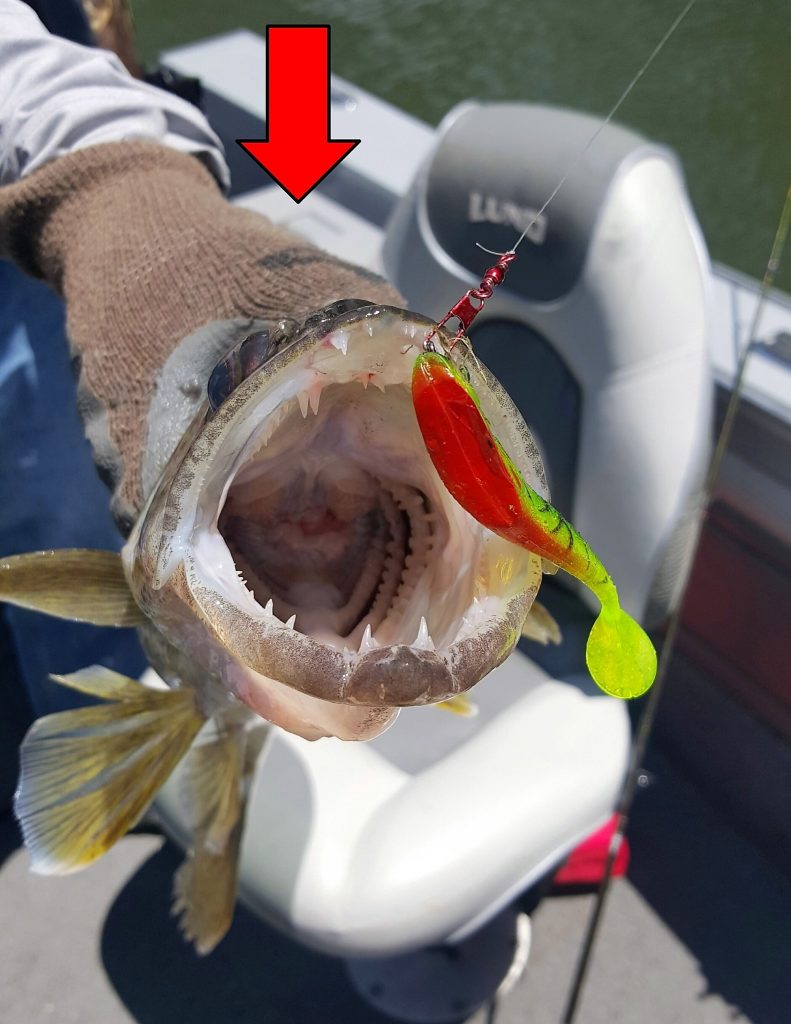
The interface between fish handling gloves and the fish they handle are directly related for the fish’s survival.
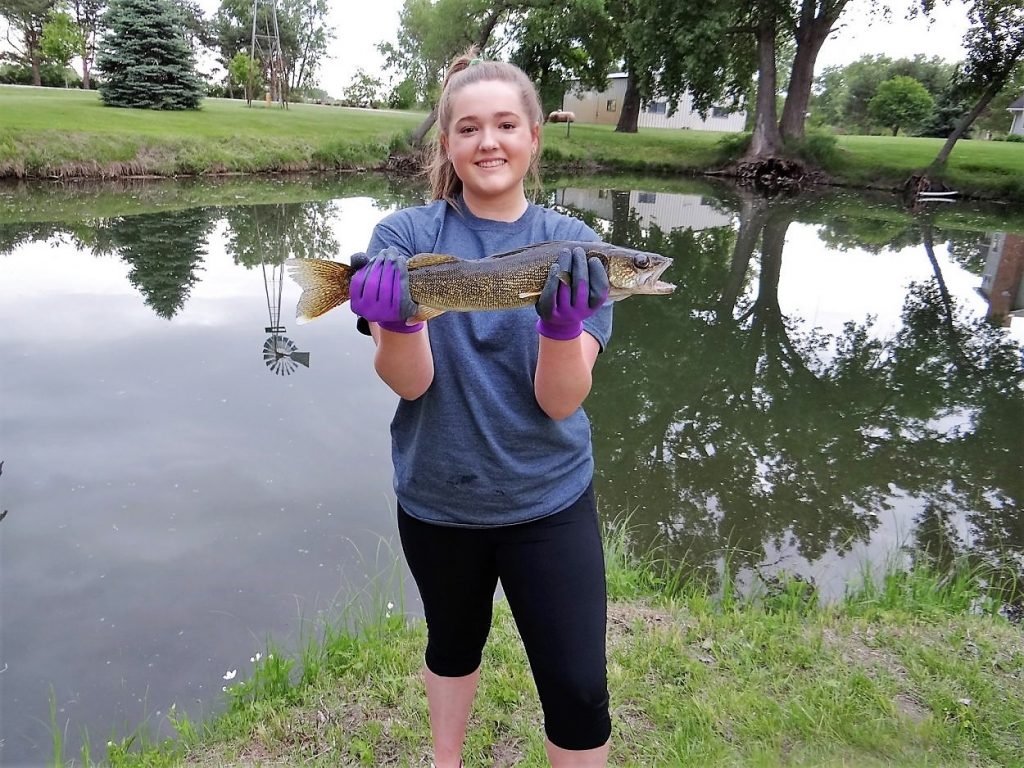
In the case of handling big catfish, rubber gloves specifically designed to make gripping fish easier without removing their slime, should be worn. They need to be wet first before grabbing a fish, in order to be minimally abrasive. These rubber gloves also have the bonus of protecting anglers from catfish spines, sandpaper-like teeth, line and hooks! Some varieties even offer sun protection.
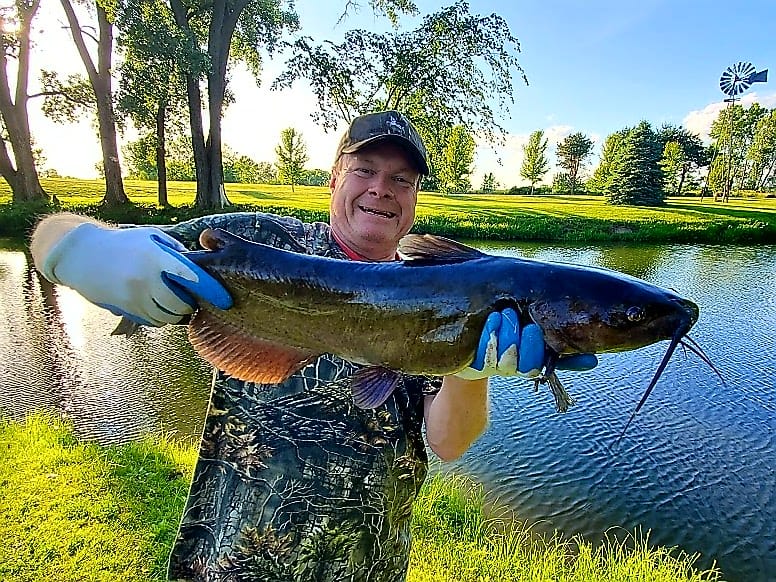
There is no doubt that fish are extremely slippery creatures. All of us who fish know that! But, often getting a handle on one after it is hooked and landed is more challenging than catching it in the first place!
As legal, ethical anglers, one of the skills we all need to master is the ability to handle fish quickly and effectively to ensure their best chances for survival. Among the necessary tools to use for accomplishment of this process — a pair of rubber fish handling gloves.
Ah yes, those gloves.
ANGLING NOTE: Be sure to share photos of your catches wearing rubber gloves in our Take ‘Em Fishing challenge where you take someone new out fishing and become eligible to win some very nice prizes. Get more information here.
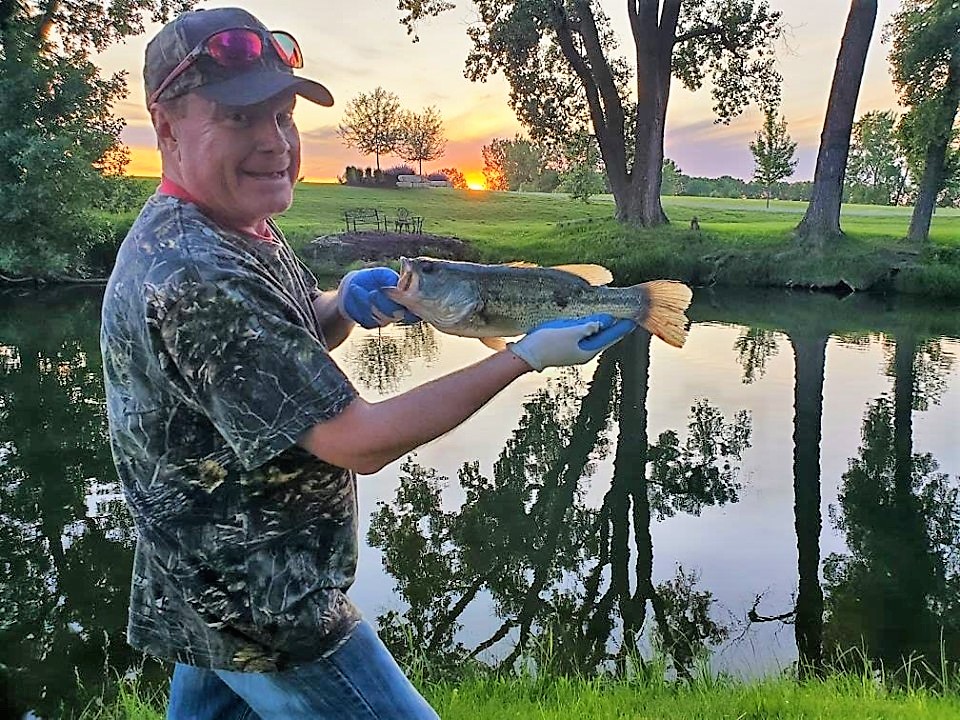
The post What’s Up With Those Gloves? appeared first on Nebraskaland Magazine.

